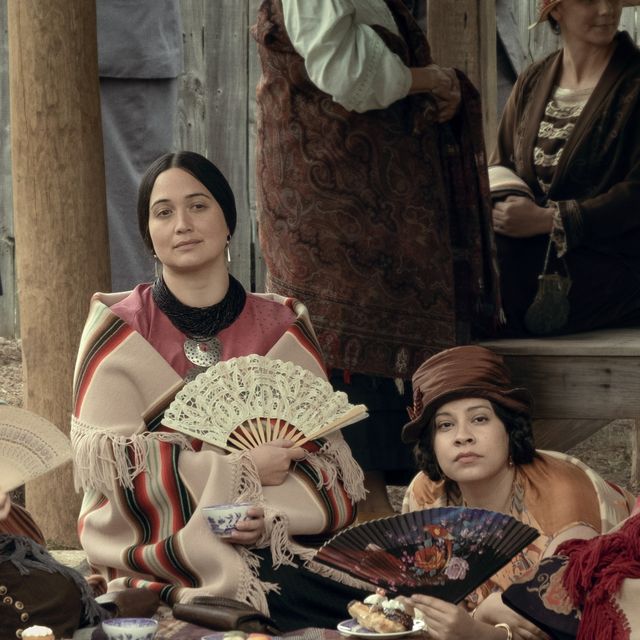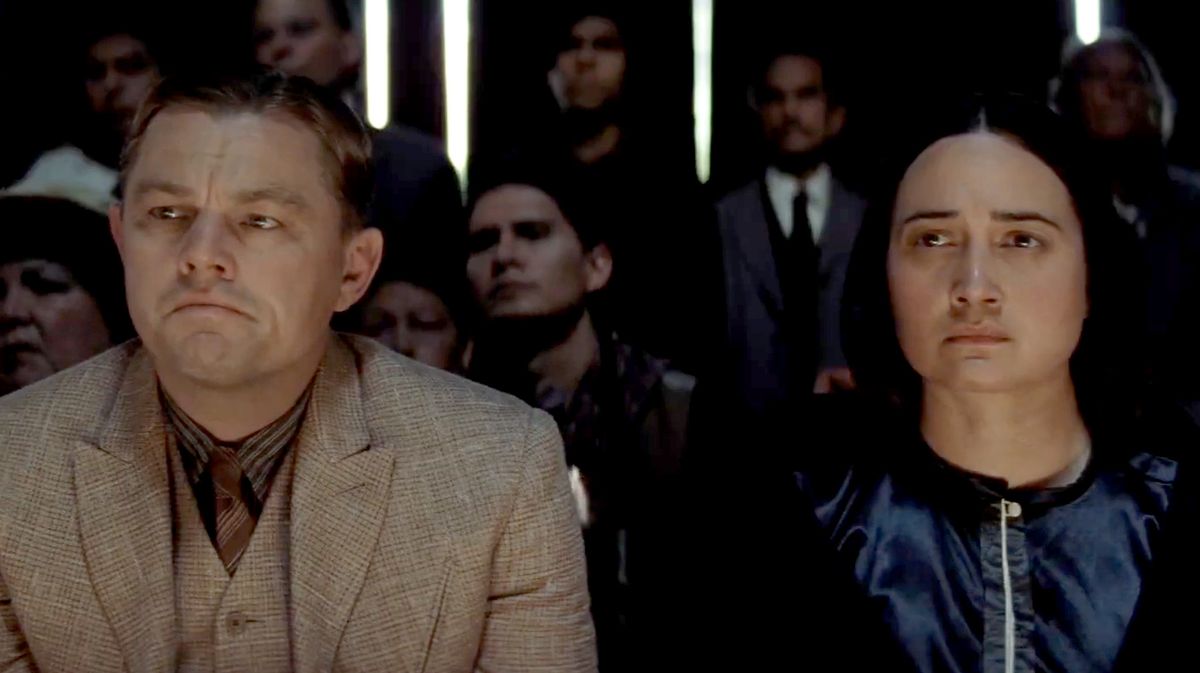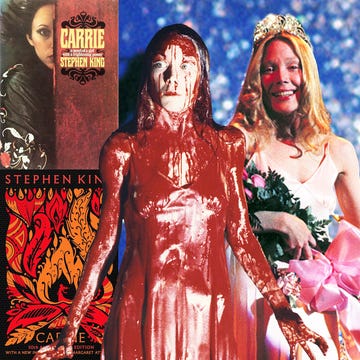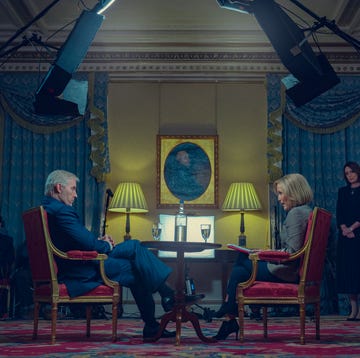Martin Scorsese’s epic film Killers of the Flower Moon tells the story of a shameful period of American history; one involving the act of mass murder committed against the indigenous Osage tribe of Oklahoma during the oil rush of the early 1900s.
Many of the killings were down to William Hale, a cattle-rancher turned fraudster, who profited from the hits he ordered on the Osage people – including his nephew’s wife’s family – due to the "headrights" law that was in place, giving white men “guardianship” over the Osage’s wealth and assets.
But after an estimated 24 murders (and it’s been suggested there may have been more), were Hale and his associates held accountable, and was there ever justice for the Osage?
William Hale (Robert De Niro)
When he was finally arrested for the murders of the Osage, Hale’s first trial was besieged by problems between state, federal and native jurisdictions. When his case went up to state level, it was feared that he would get a biased trial due to his connections with the authorities. It wasn’t until 1929 that he was convicted, found guilty of the murder of Henry Roan and given a life sentence.
The Osage County News reported at the time that he “showed no emotion” when his conviction was read out, while his wife wept beside him. Hale was later released from prison in 1947, and according to the conditions of his parole, was forbidden from living anywhere in Oklahoma (though he often returned). In his later years, he moved to a nursing home in Arizona, and he died in 1962 aged 87 and was buried in Wichita, Kansas.
Ernest Burkhart (Leo DiCaprio)
In June 1926, Burkhart pleaded guilty and received a life sentence in the Oklahoma State Penitentiary at McAlester for the murder of William E. Smith. In exchange, he also became a witness for the state, and testified against Hale and Ramsey.
When paroled in 1937, three years later, he teamed up with a woman named Clara Mae Goad to rob the home of Lillie Morrell Burkhart, his former sister-in-law, stealing $7,000 in valuables. They were both found guilty of federal burglary charges, Burkhart was sentenced to seven years in prison and had his parole revoked. Remarkably, he was let out on parole again in 1959 and Burkhart received a pardon for the Osage murders case from Oklahoma governor Henry Bellmon in 1965. He died in 1986.
Bryan Burkhart (Scott Shepherd)
Burkhart also cooperated with the state and was not tried for any crime. He died in 1985.
Mollie Kyle (Lily Gladstone)
After discovering that her husband had been poisoning her, she divorced Ernest when he was found guilty of murder. She later married a man called John William Cobb Jr.. When she died, aged 50, in 1937, her children inherited her estate.
Tom White (Jesse Plemons)
The man who helmed the investigation of the Osage murders ended up as the prison warden at Leavenworth Penitentiary in Kansas, where Hale was serving his life sentence. However, White was seriously injured after being shot and held hostage by prisoners during a prison break. He left in 1931, and was moved to La Tuna Federal Correctional Institution near El Paso in Texas. On his retirement, he worked on the board of the Texas Pardons and Parole board until 1957 and he died aged 90 in 1971.
John Ramsey (Ty Mitchell)
Ramsey, alongside Hale, was found guilty of the murder of Henry Roan and was handed a life sentence. He was also paroled and later pardoned.
Kelsie Morrison (Louis Cancelmi)
Morrison admitted he had killed Anna Brown on the request of Hale. He was sentenced to life in prison in 1926 for Brown’s murder, but in January 1931, his conviction was overturned, as he had been promised immunity in exchange for testifying for the prosecution. In 1937, Morrison died during a shootout with police.
The Osage tribe
Because of the murders, in 1925, Congress amended the Osage Allotment Act to prohibit non-blood Osage heirs from inheriting headrights. In 2011, after decades of litigation between the Osage Nation and the United States over mismanagement of the Osage trust accounts by the Department of the Interior, the tribe was awarded $380 million in compensation.
‘Killers of the Flower Moon’ is in cinemas now.














